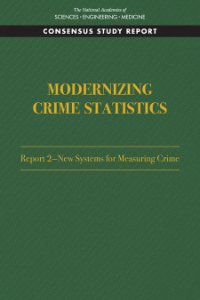Edited by Jan van Dijk, Andromachi Tseloni and Graham Farrell
Drawing on studies from major European countries and Australia, this exciting new collection from a group of internationally-renowned scholars extends the ongoing debate on falling crime rates from the perspective of criminal opportunity or routine activity theory. Considering the trends and discourse of the international crime fall, this book analyses the effect of Post World War II crime booms which triggered a universal improvement in security across the Western world, such as the introduction of mandatory security in motor vehicles in Europe and the US. Preliminary evidence is also presented on the impact of collective improvements in home security, analyzing levels of household burglaries and their distribution amongst the population in The Netherlands, England and Wales.
Cham: Palgrave Macmillan, 2012. 333p.





















